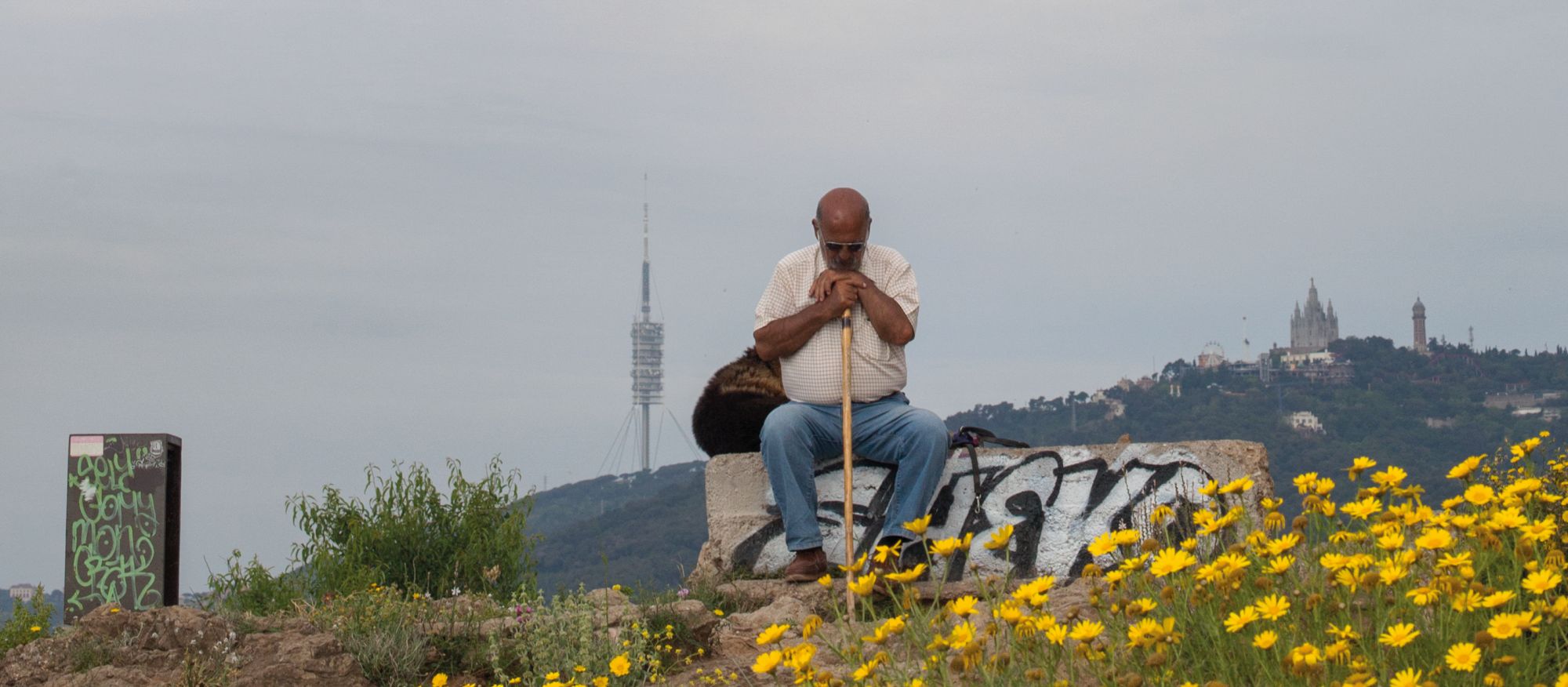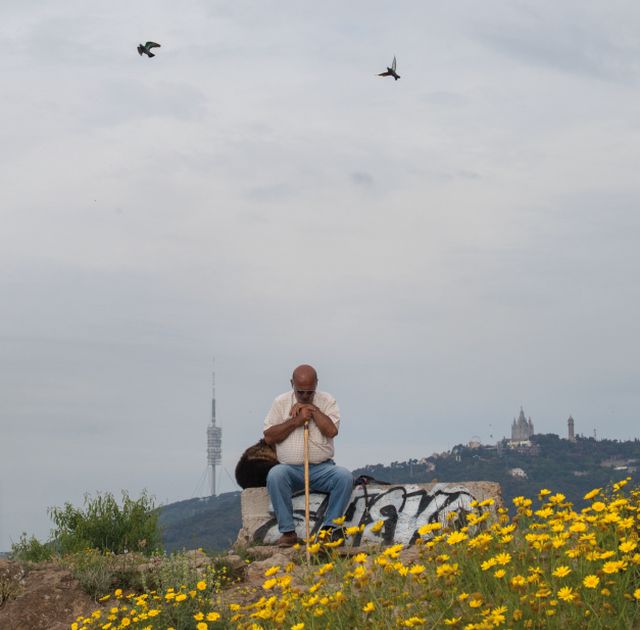Barcelona is one of Europe’s most densely populated cities. According to Eurostat figures, 16 out of 20 square kilometres with the most inhabitants on the continent are found in the city, all of them with more than 40,000 residents. Wedged between the Mediterranean Sea, the Collserola mountain range and the Llobregat and Besòs rivers, Barcelona cannot grow. These natural spaces both confine the city, but also help it to breathe.
In his investigations, the photographer wonders how the people of Barcelona relate to the nature that surrounds them: are they simply visitors, do they feel comfortable, why do the inhabitants of the neighbourhoods on the natural outskirts say they are going to Barcelona when they venture into the city?
The published images also include a number of photographs of the project “À la ville de… Barcelona”, which takes its name from Joan Antoni Samaranch’s famous proclamation when announcing the 1992 Olympic Games. The work sets that collective exhilaration against the subsequent rise in tourism and its transformation into one of the world’s most visited cities.
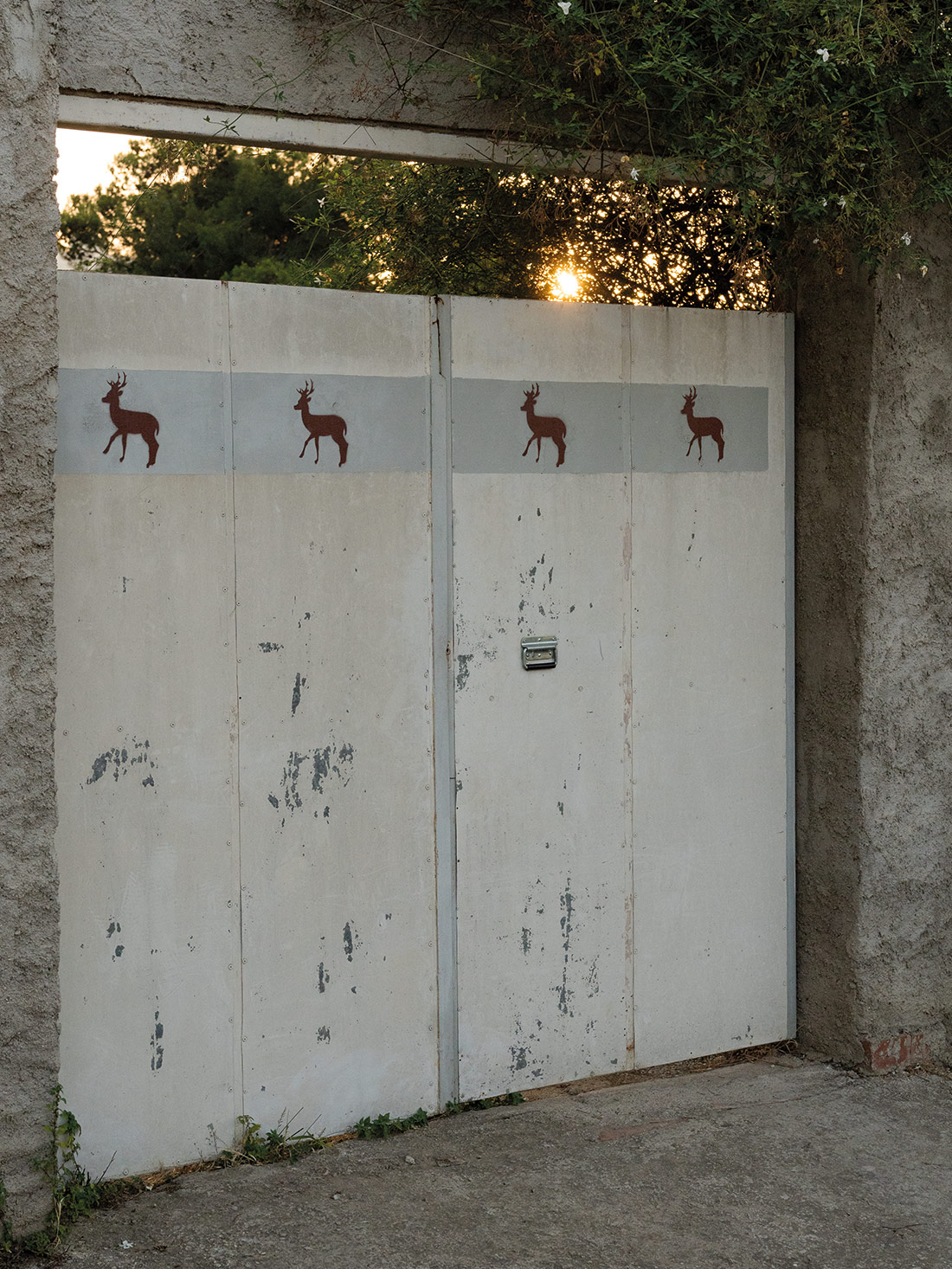
The border between city and nature. Between concrete and woodland. This image represents the project: behind this closed gate of the hill of El Coll, the adventure seems to begin. The roe deer, a species not found in our surroundings, welcomes us.
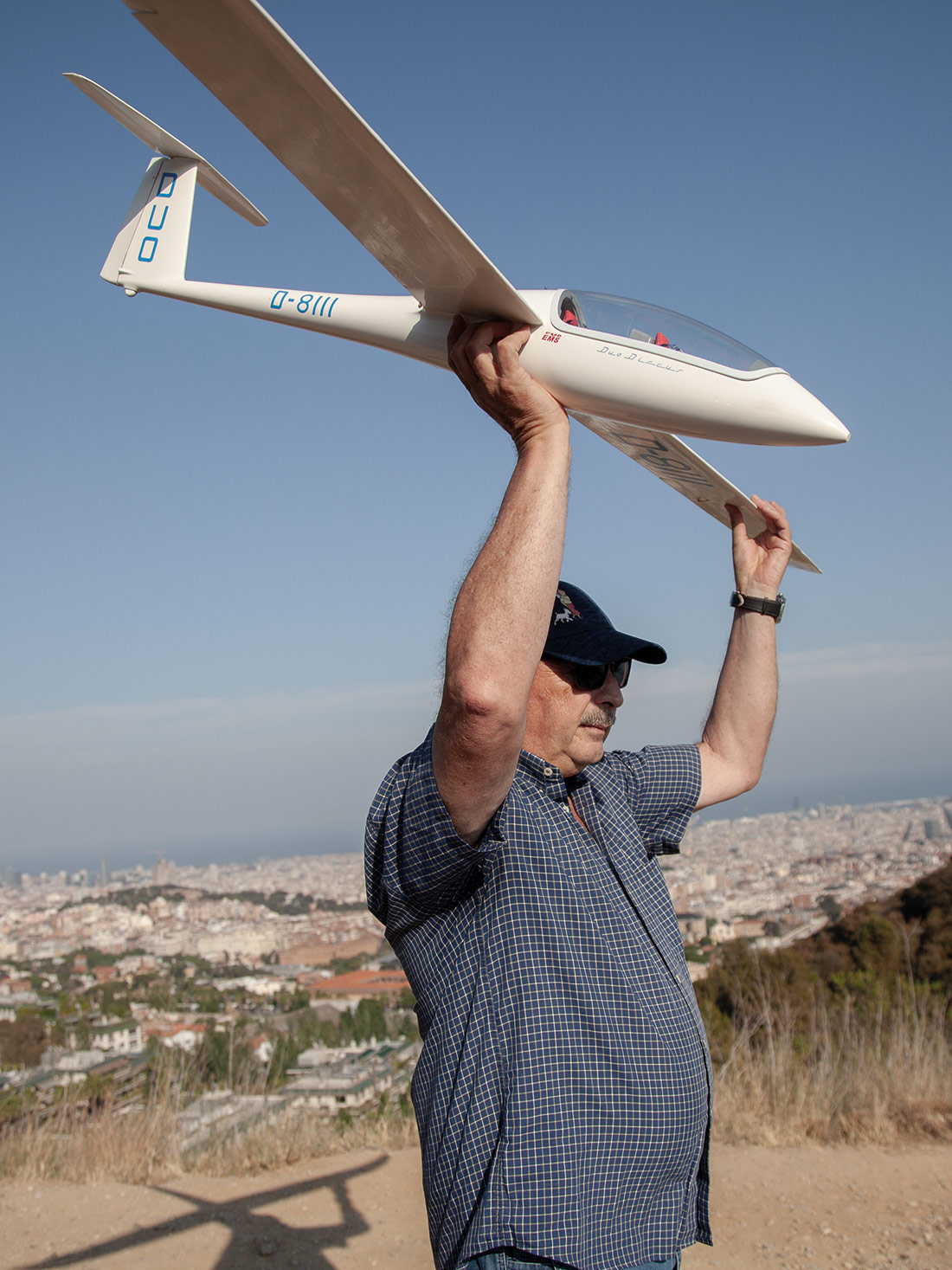
Nature invites us to get together and mingle. On the Carretera de les Aigües road, a group gathers to fly remote-controlled aeroplanes, which glide over the mountains, as the wind blows. Sometimes they fall; searching for them in the bushes is part of the entertainment.
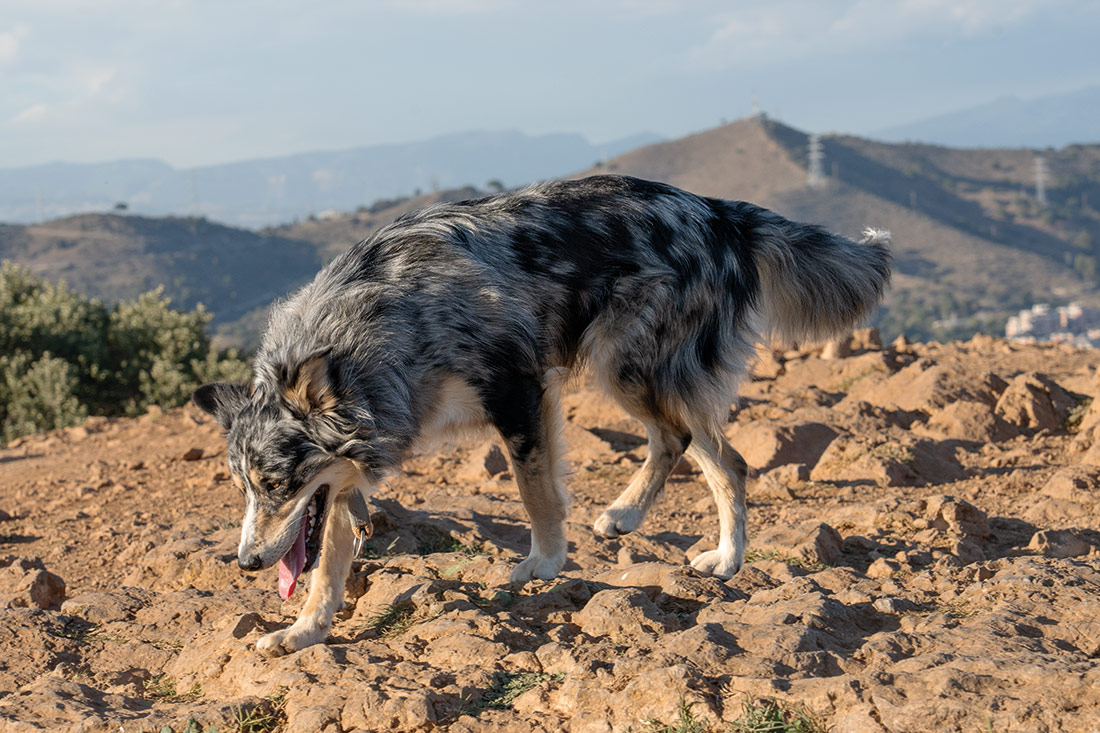
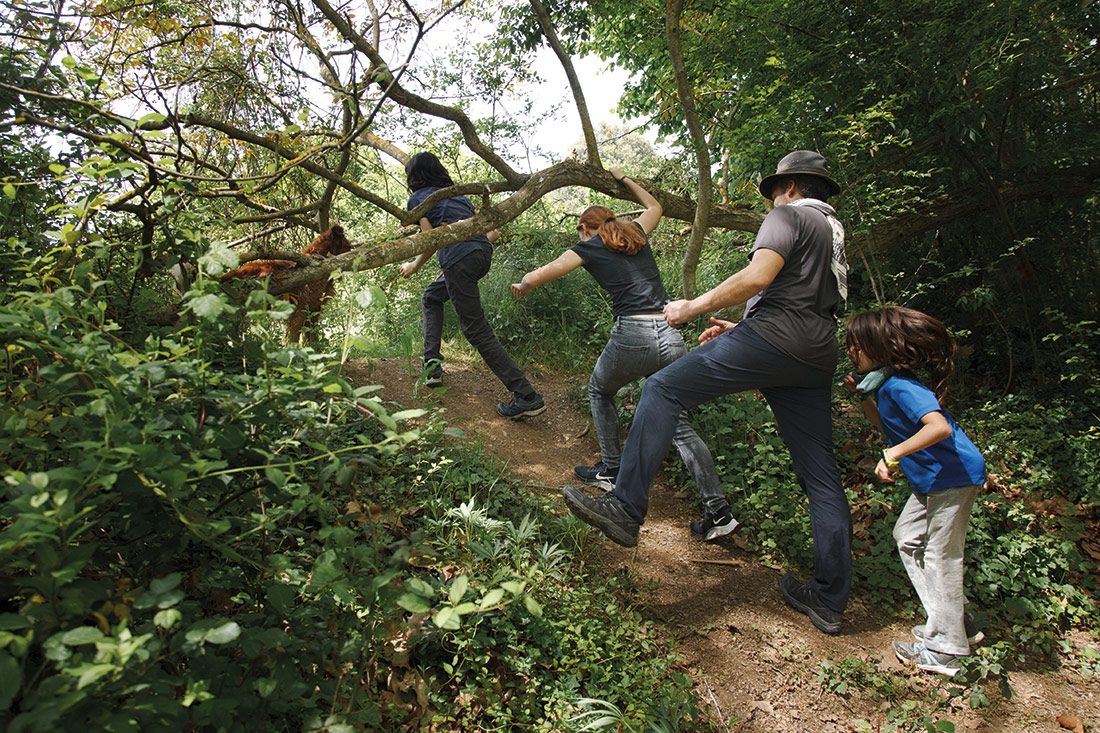
It looks like a wild dog in a far-off mountain range, but it is the hill of El Coll, very close to the El Carmel bunkers. And the dog has an owner. Below, a family hiking in Collserola seeks the fresh air in contrast to the heaviness of the city.
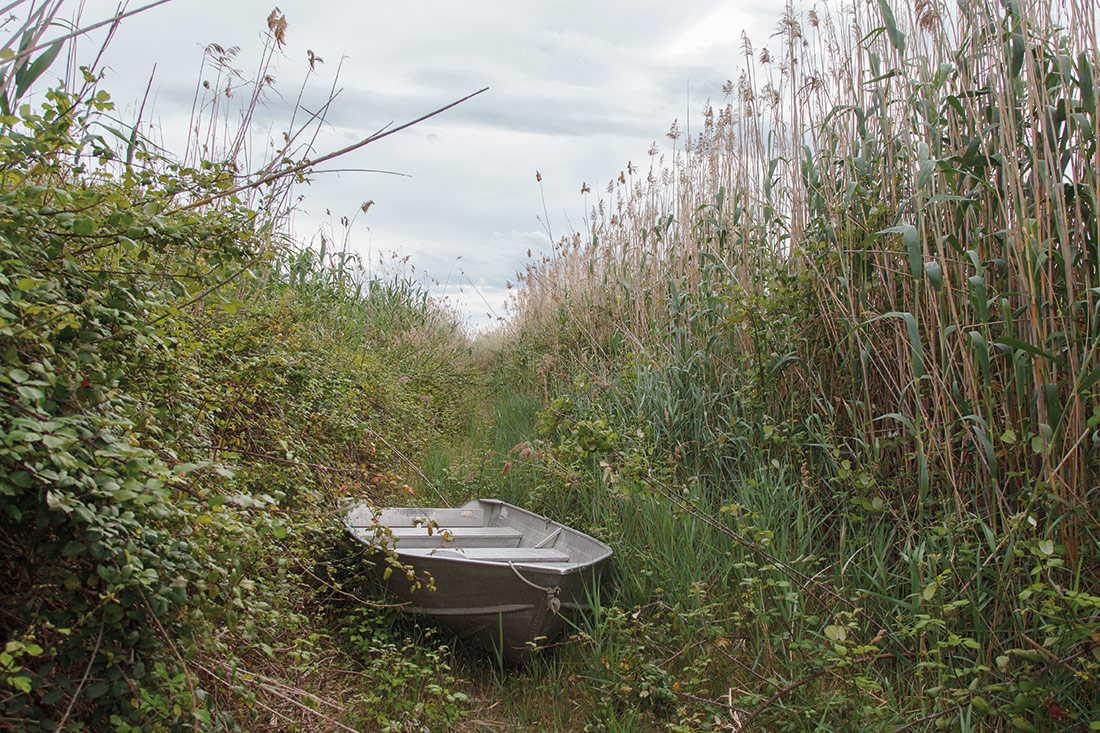
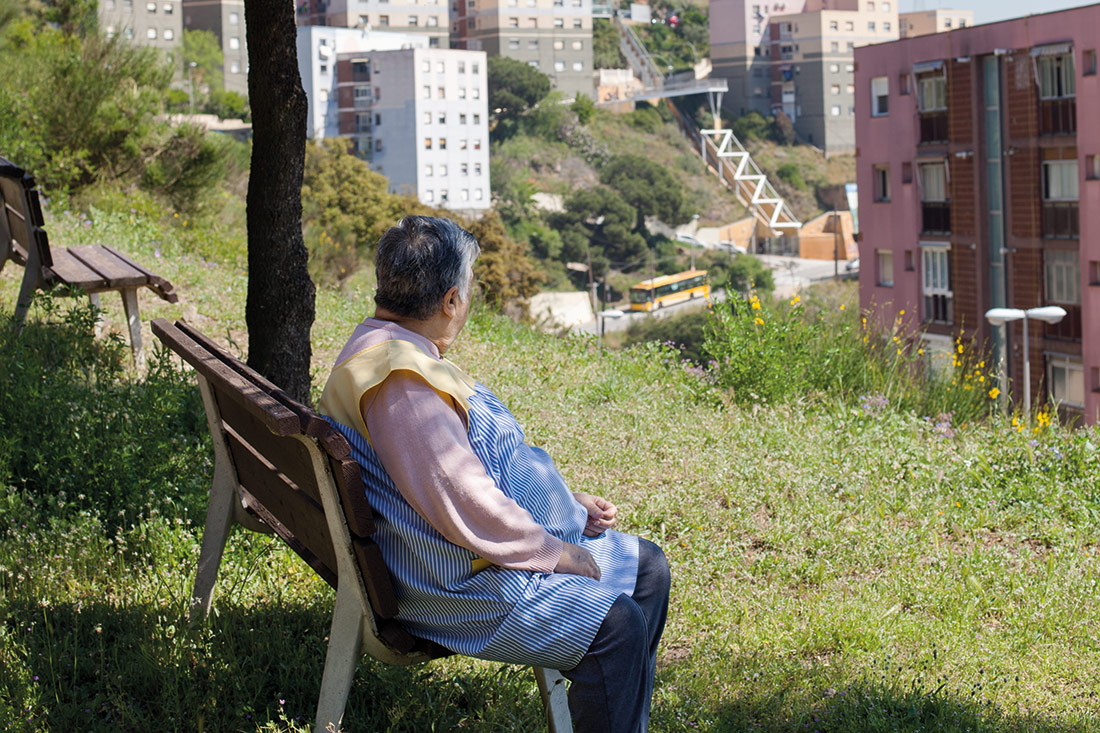
The nature surrounding Barcelona seems to be a bit off-kilter, not knowing its place. In a dry waterway in the Llobregat delta, there is a boat that no one remembers ever having seen in the water. In Can Zam, the overcrowded blocks have eaten up part of the Marina mountain range.
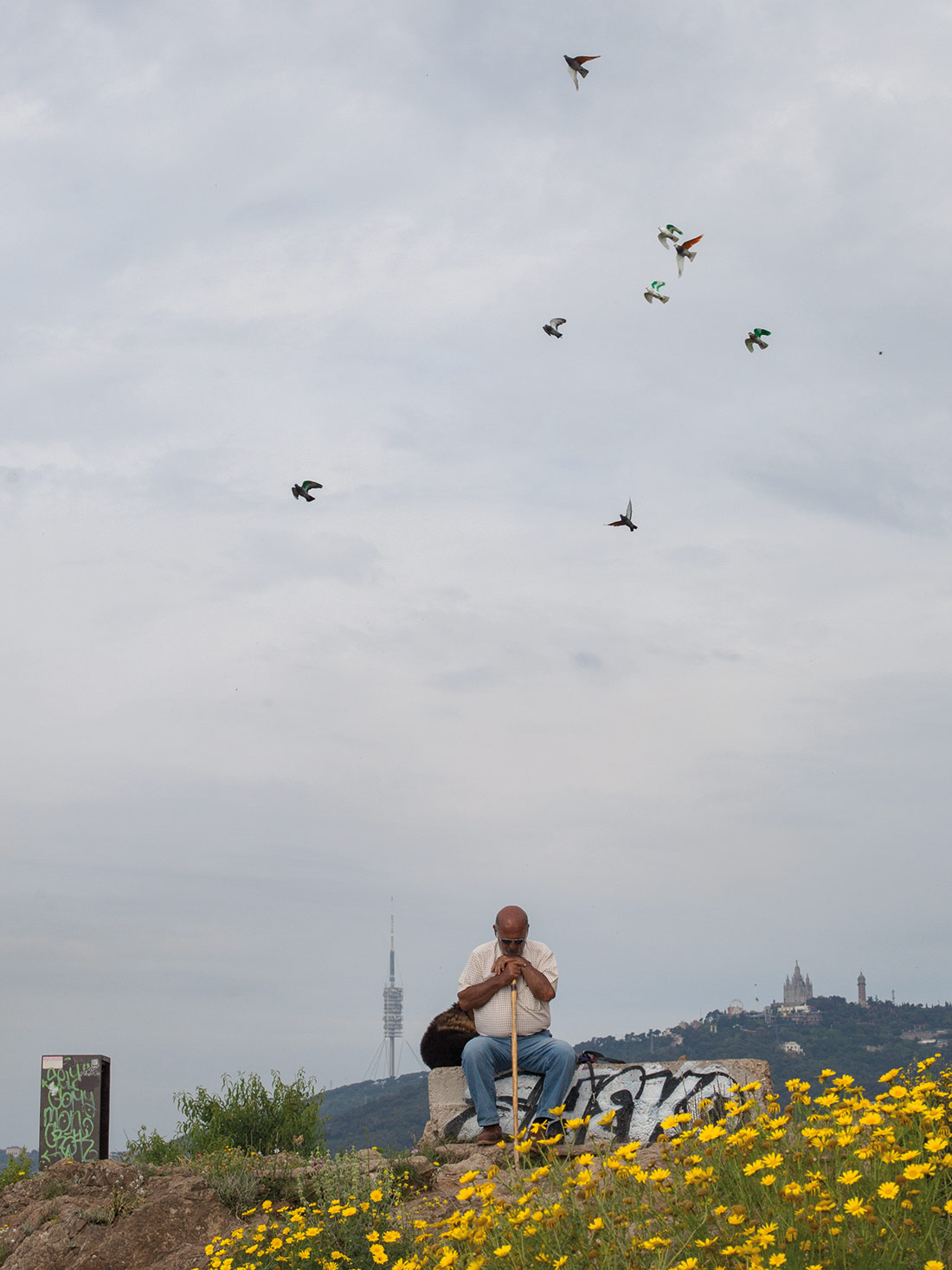
A short break with the city at your feet and Tibidabo and the Collserola tower in the background. Pigeons racing, with painted wings, fly over the El Carmel bunkers.
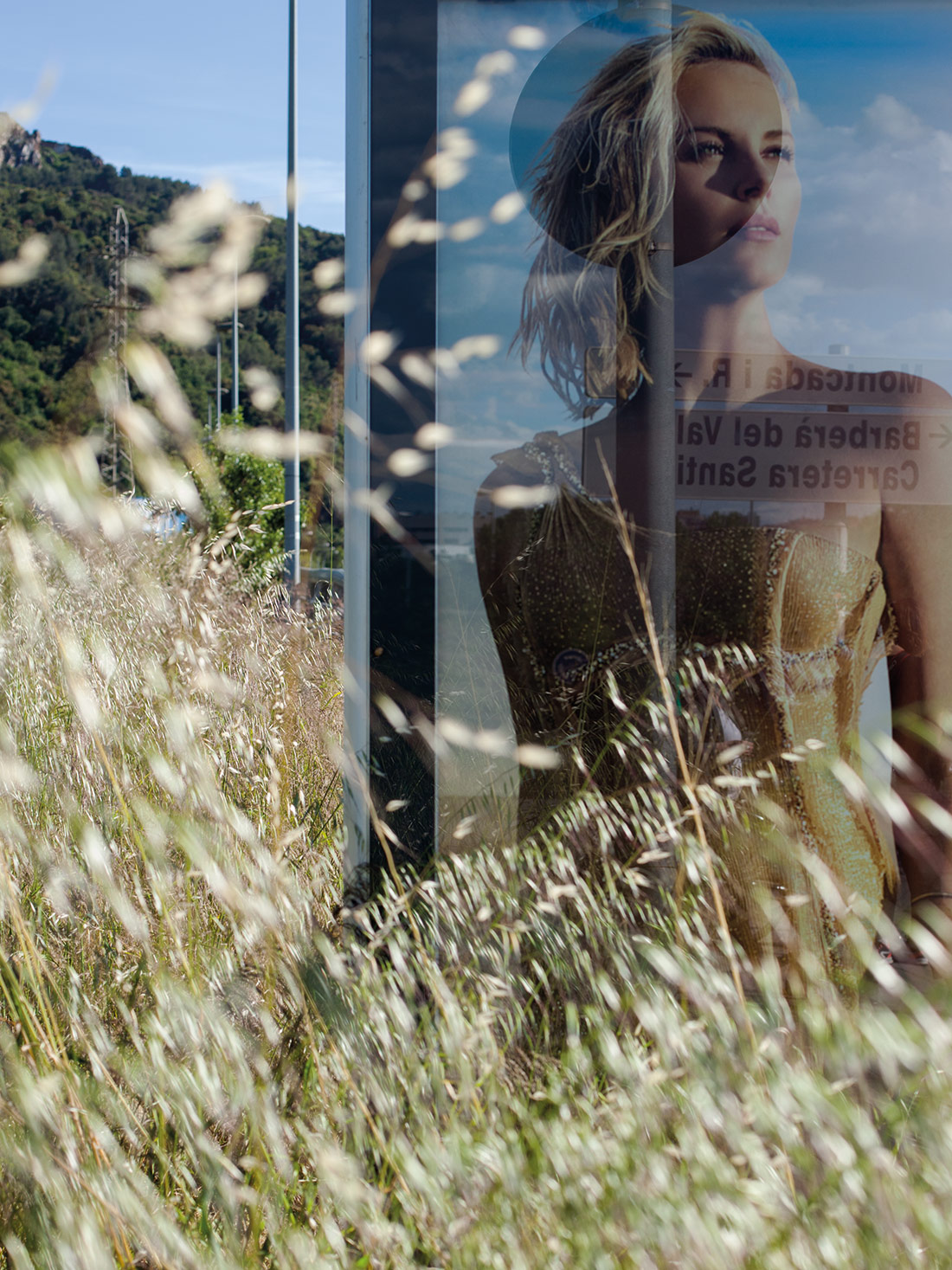
Unbridled urban development is encroaching on the countryside in an attempt to occupy it, but sometimes nature rebels. If the crew doesn’t come through here, this advertising awning, located in the Besòs neighbourhood, could end up completely engulfed by vegetation.
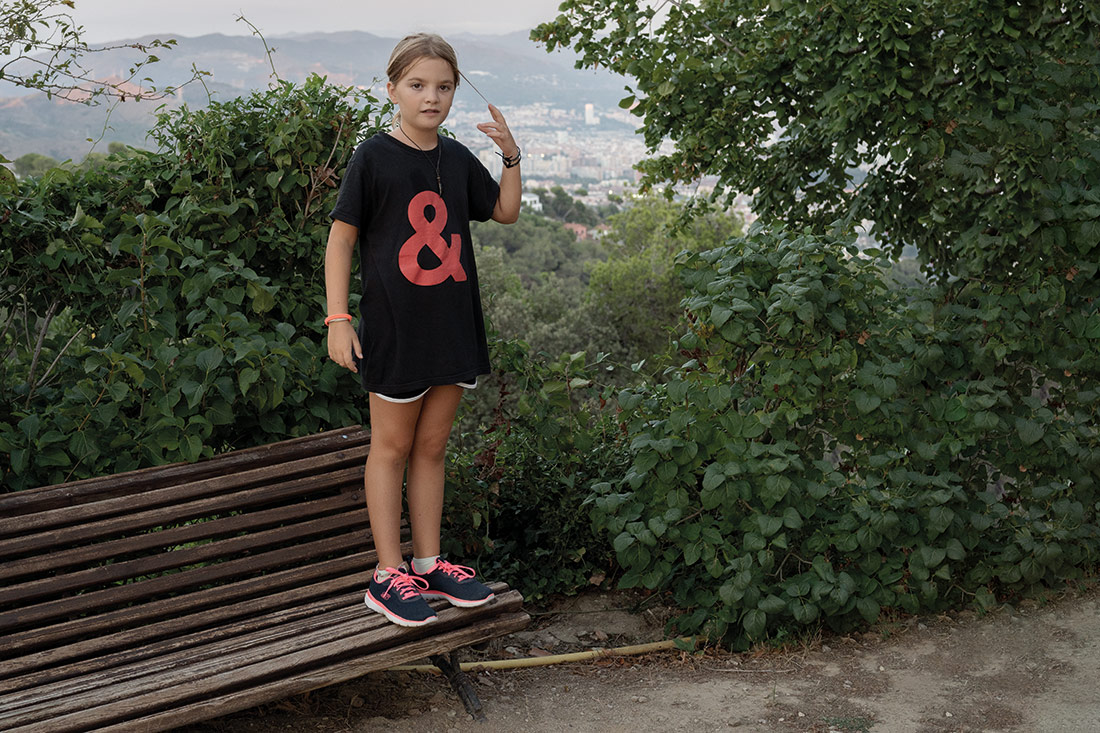
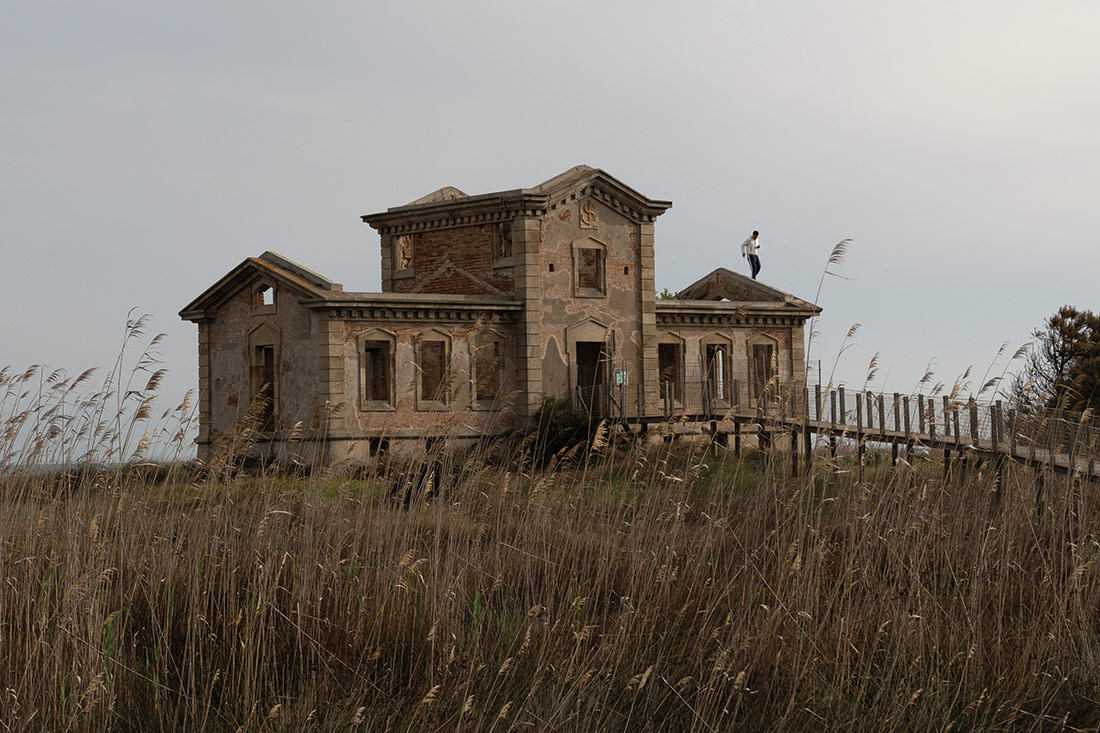
Living with nature can be serene and healing, but also rebellious and unsettling. At the Fabra Observatory, families come together for dinners al fresco. In the Llobregat delta, a boy climbs the Casa del Semàfor, which used to regulate maritime traffic.
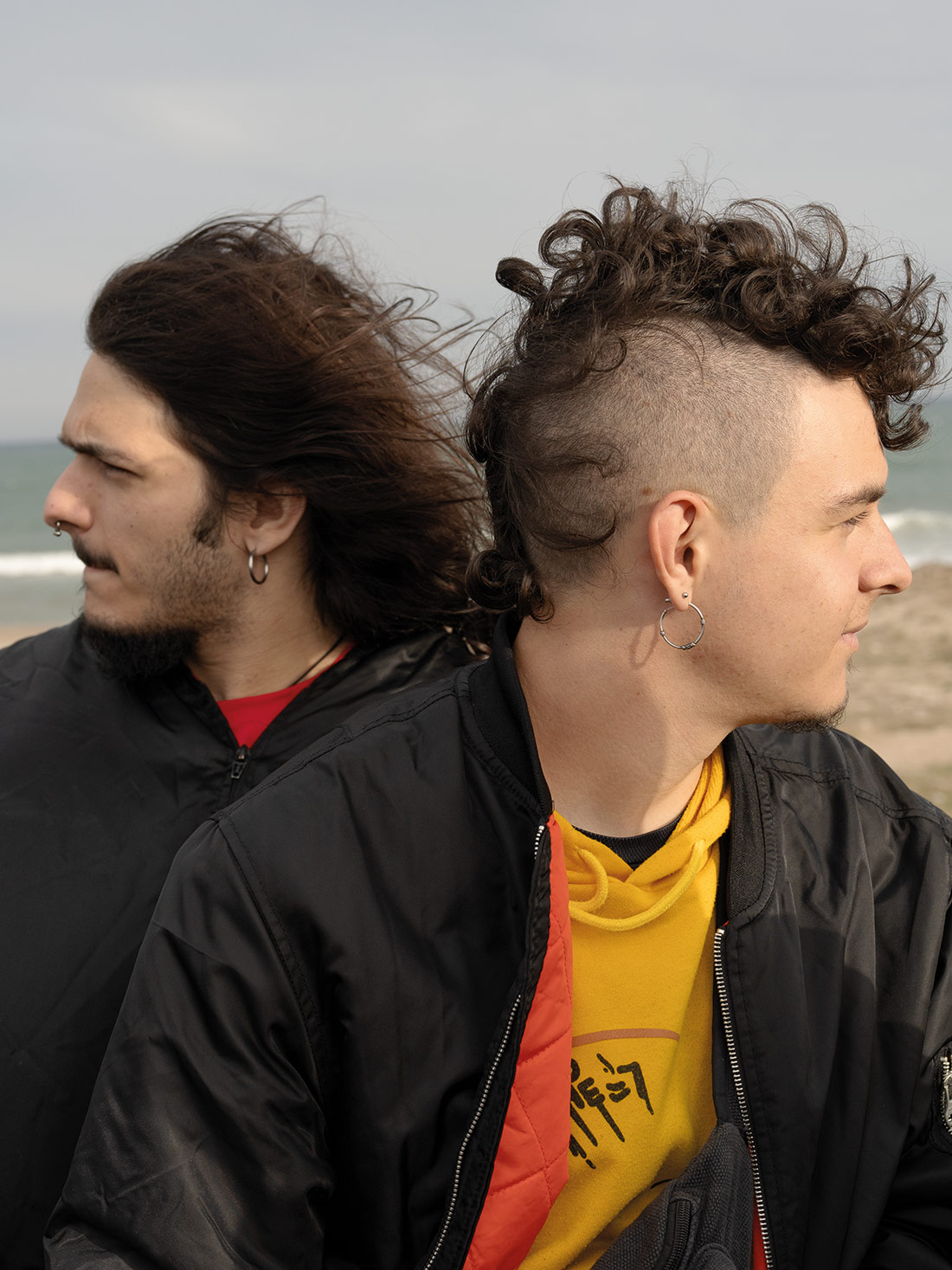
The beach at El Prat de Llobregat often becomes a meeting point. At the Bunyola viewpoint, a bunch of young people pass the time, as they might do in any square in any city.
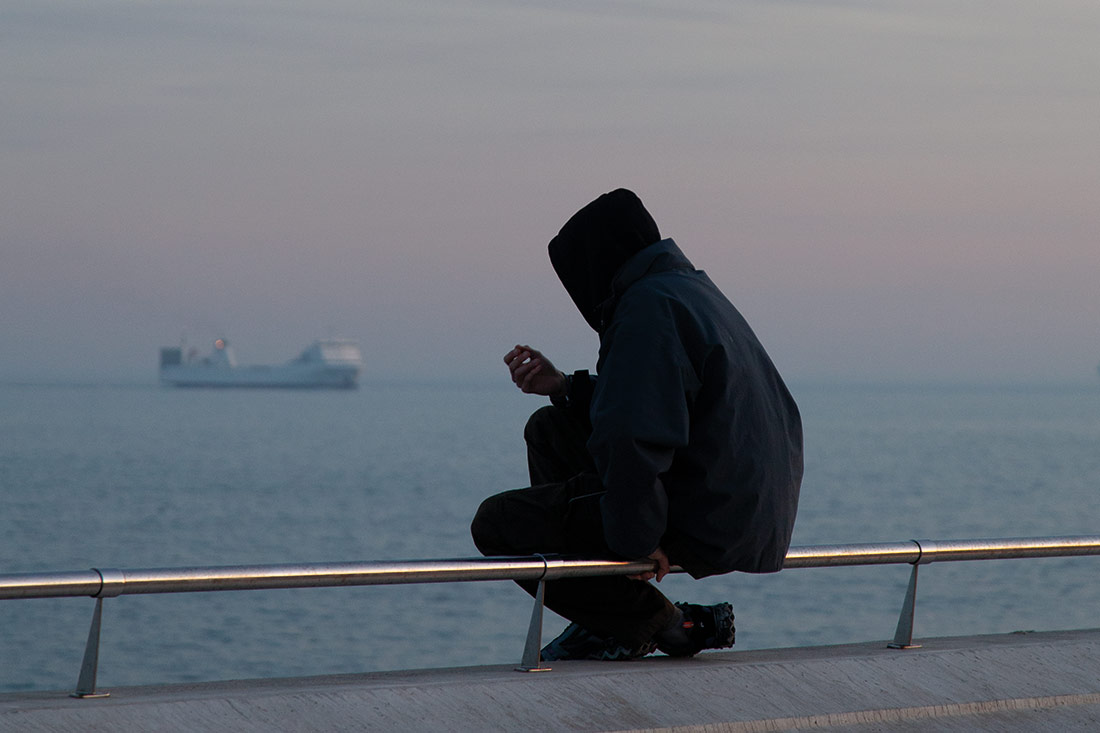
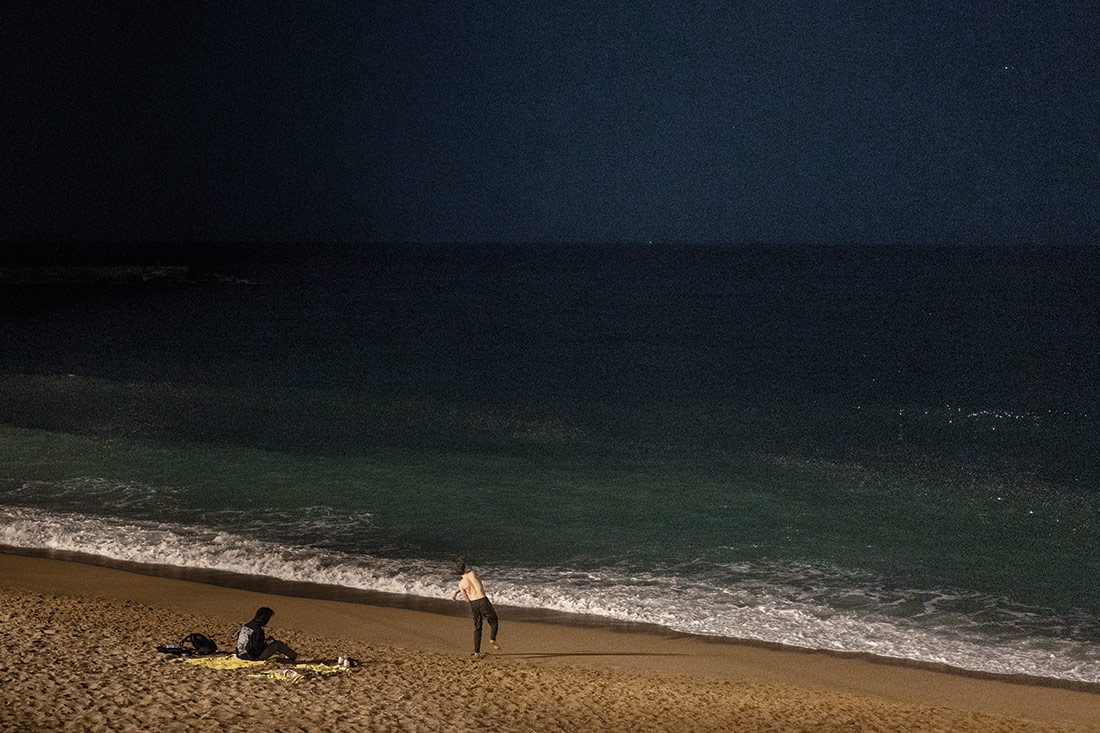
On the breakwater of the Hotel Vela, with a cargo ship in the background, the calm of the night invites you to relax and contemplate the blackness of the sea. It is pitch dark and chilly on the Barceloneta beach, but two boys are having fun. They look like they are throwing stones into a river.
The newsletter
Subscribe to our newsletter to keep up to date with Barcelona Metròpolis' new developments



